PRACTICAL MAGIC (1998)
Two witch sisters, raised by their eccentric aunts, face closed-minded prejudice and a curse which threatens to prevent them ever finding love.
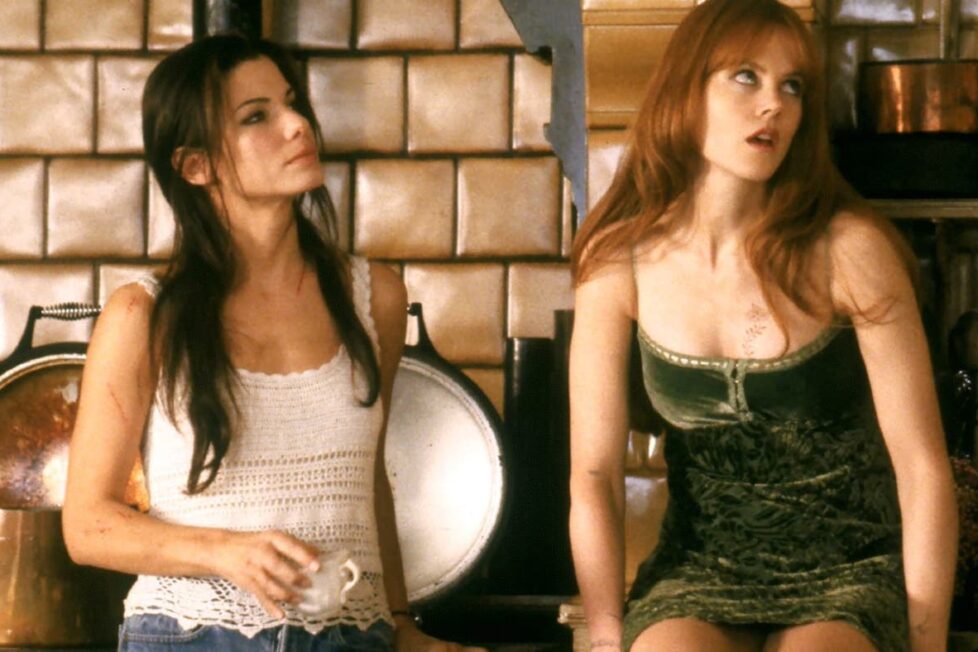
Two witch sisters, raised by their eccentric aunts, face closed-minded prejudice and a curse which threatens to prevent them ever finding love.


When Practical Magic was released just before Halloween 1998, it didn’t exactly cast a spell on critics or audiences. One might even say it was cursed. A financial flop at the box office and a critical conundrum, the film fizzled despite the involvement of mega-stars Sandra Bullock (Speed) and Nicole Kidman (To Die For).
A clever pitch on paper, the film tells the story of two witch sisters, Sally (Bullock) and Gillian (Kidman) Owens, who yearn for love and normalcy in their small New England town, all while battling prejudice and an ancestral curse that dooms any man they fall in love with to an early grave. Given a generous $75M production budget from Warner Bros. and marketed as a fun, slightly spooky, and very swoony chick flick, Practical Magic seemed poised to set itself apart from the usual October slate of horror fare…
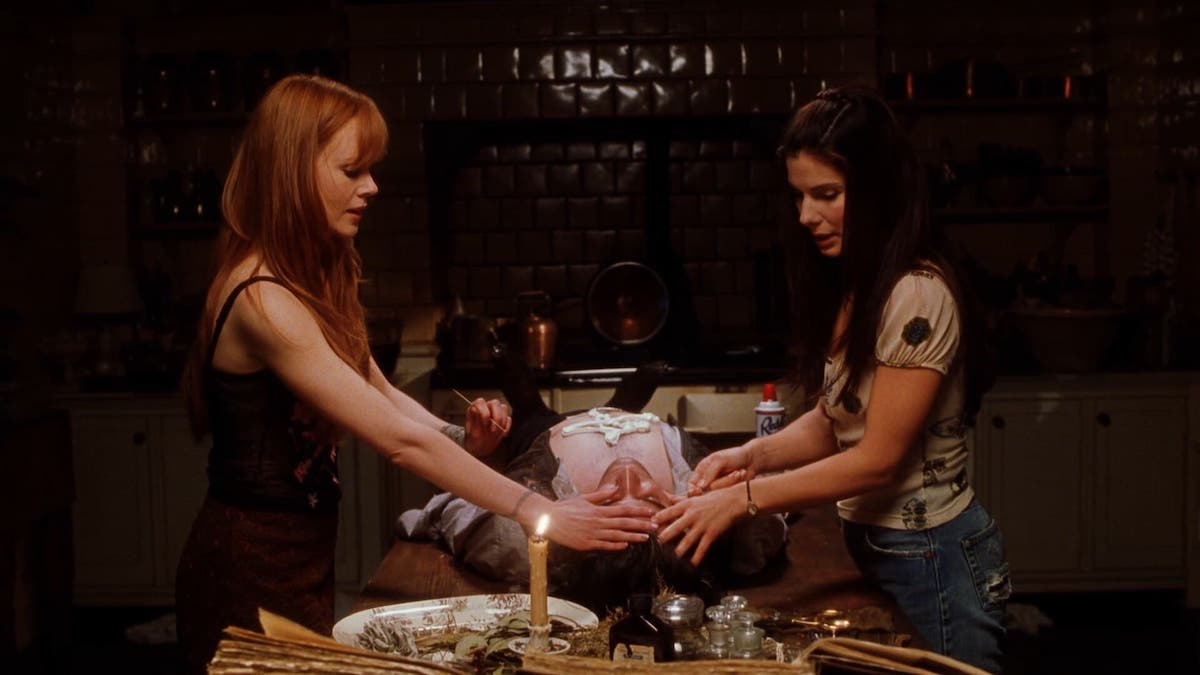
However, critics and audiences struggled to define a film that straddled genres and had such conflicting tones and themes. This is mainly due to its overly complicated and muddled plotting, which isn’t a strong point. Though the set-up is fairly straightforward, the first two acts are all exposition…
We learn the story of the Owens family beginning with their ancestor Maria Owens, who survives a hanging in Salem Witch Trial era Massachusetts, prompting her to curse her progeny to be forever unlucky in love, so scorned was she by a lover who never came to rescue her. The curse continues with Sally and Gillian’s mother, who dies of a broken heart after the death of their father, sending the girls to live with their dowager aunts, played by a scenery-chewing Stockard Channing and Dianne Wiest.
More foundation is laid over the opening 45-minutes, but essentially we learn that Gillian runs off to chase various boyfriends while Sally stays put and, with a push from her meddling aunts, falls in love despite herself and starts a family that’s inevitably fractured when her husband is killed by the curse.
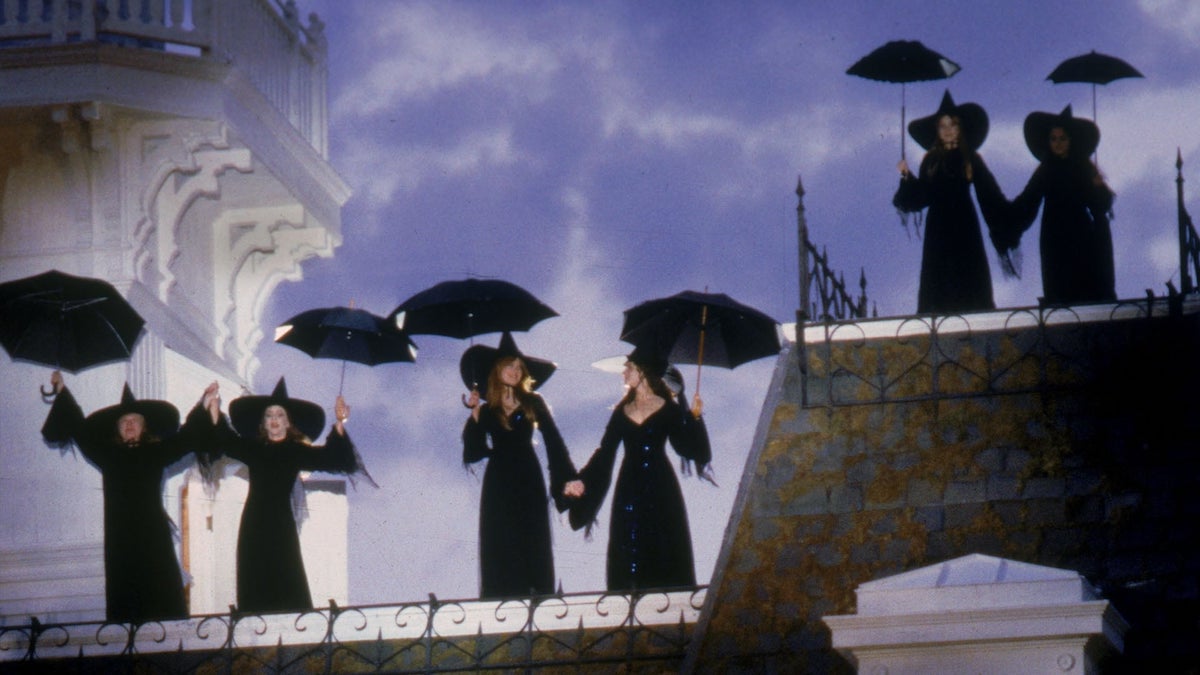
Only after this heavy lifting are we introduced to the central plot. Gillian gets mixed up with the violently abusive and intoxicating Jimmy Angelov (Goran Višnjić), and in the process of coming to her rescue, Sally inadvertently kills him in self-defence. In a panic, they drive his body home and attempt to resurrect him using black magic, prompting his vengeful spirit to haunt and possess Gillian, then summon a Special Investigator from Arizona called Gary Hallett (Aidan Quinn) to investigate his disappearance. And because nothing in this movie is as it seems, Hallett also happens to be the perfect man that Sally longed for as a child. It’s a lot to take in!
And it was clearly too much to make sense of for critics. Practical Magic’s confluence of witchcraft, domestic abuse, chunky knit cardigans, murder, seaside charm, and romance just didn’t land at the time. Janet Maslin for the New York Times called the film “nothing but a guilty pleasure,” while Eve Zibart of the Washington Post said it was “a TV-ready mix of camp and curdle,” and Jack Matthews of the L.A. Times opined “the movie has no more practical magic than a souffle chef… there’s hardly a memorable scene in it.”
The film was adapted from the 1995 novel of the same name by Alice Hoffman, and directed by Griffin Dunne who had only two previous features under his belt (Duke of Groove and Addicted to Love) in addition to a respectable acting career (After Hours). Perhaps tellingly, he hasn’t directed another major studio film since.
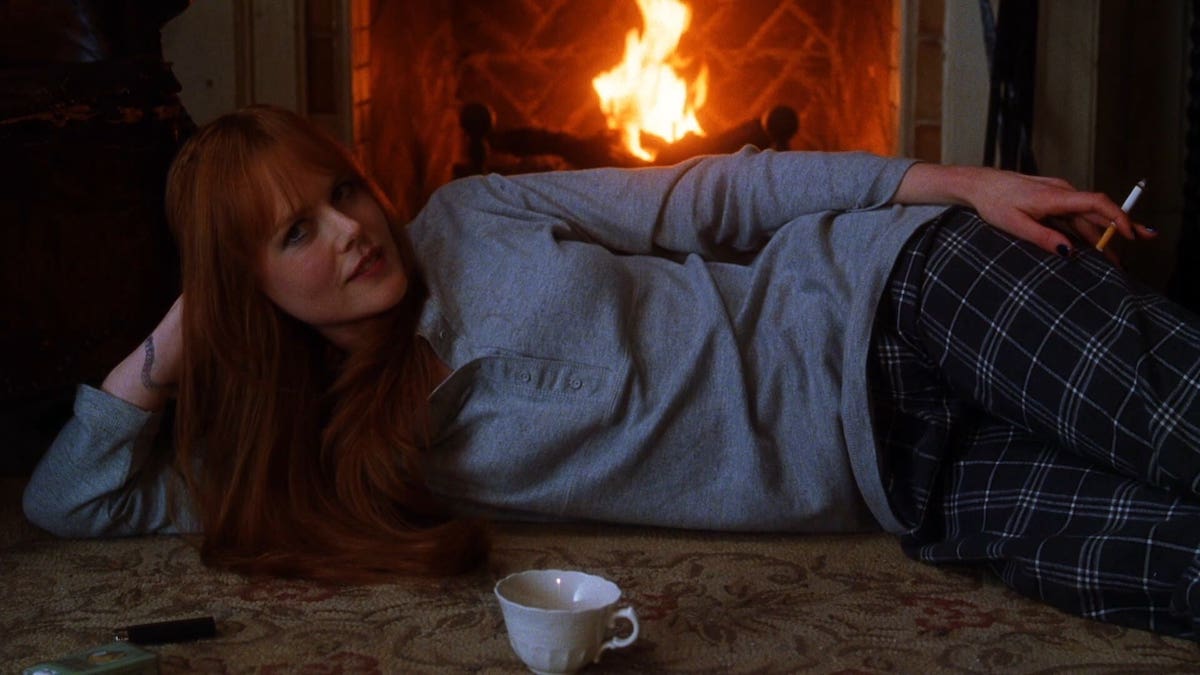
But despite this initial scorn, Practical Magic has a winning power that’s proved enduring. Now regarded as peak nostalgic comfort watching, the film has found a new life in the internet age. It’s become increasingly popular with women and girls who grew up watching it on hand-me-down DVDs and on TV, proving the worth of its many charms over time—like the Pinterest-ready cottagecore production design by Robin Standefer, dreamy late-’90s costumes by Judiana Makovsky, and the winning chemistry between Bullock and Kidman. The film has succeeded in spite of itself.
The Owens family house itself has a thriving fan base, though it was merely a shell constructed during production and torn down shortly after filming ended. Stuffed with candles, antiques, and plants, exuding a twee cosiness, it’s doubtless inspired a thousand Airbnb copycats. In such an idyllic setting, it’s hard to square the film’s darkness with all the natural light pouring in through those gorgeous bay windows. 25 years later, Practical Magic is much beloved, even if it’s best remembered for its “vibes”, for lack of a better word, than its filmmaking.
A perfect example of the movie’s delightful contradictions is the famous “midnight margaritas” scene about halfway through. Sally and Gillian have murdered Jimmy, twice, and are hoping to hide their dip into dark magic from their aunts, who’ve just returned from a solstice festival with Sally’s two daughters. Tensions are high as the sisters guard their secret, but when the clock strikes midnight, the Owens women shimmy down to the kitchen and pound tequila together while Harry Nilson’s “Coconut” plays in the background. Deeply silly and undeniably fun, the sequence is abruptly interrupted when the sisters realize the tequila they’ve been drinking has somehow been left by Jimmy’s malevolent spirit.
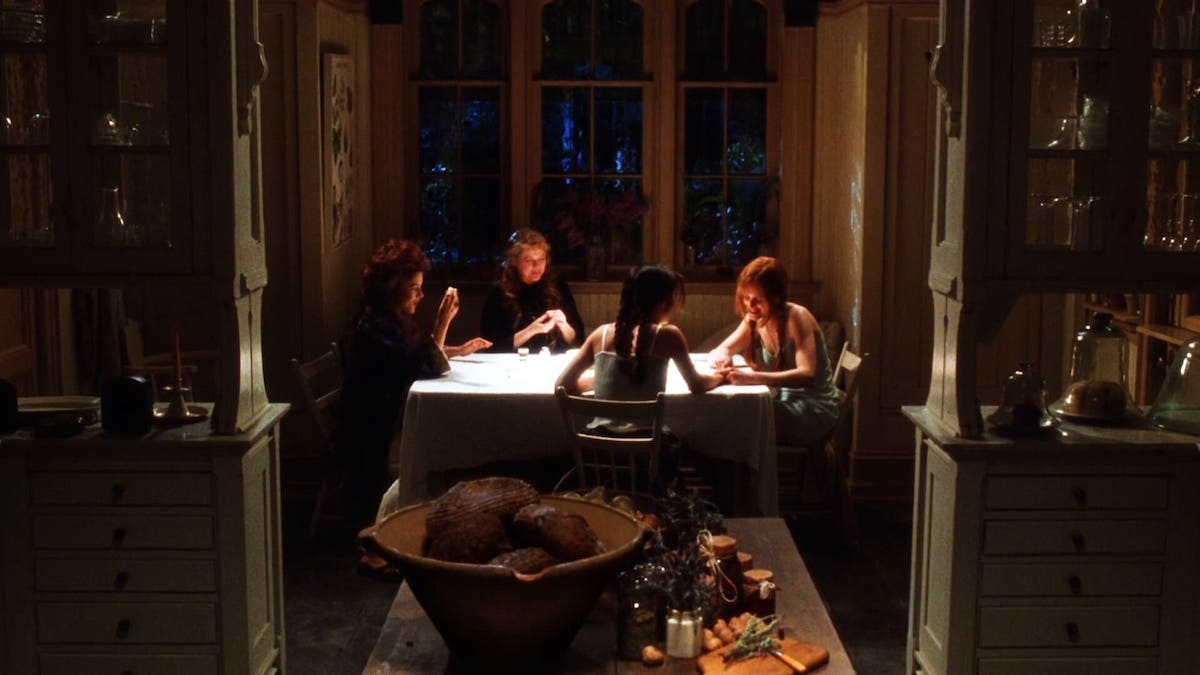
The scene then snaps into its more dramatic mode, almost as if the sequence before it was a dream…. only to snap back again when Gary Hallett rolls into town, launching the main romantic storyline while also attempting to turn Jimmy’s demise into a murder mystery thriller. The film is guilty of trying to thread too many needles simultaneously, across several different genres with the confusing rules that define them resulting in a confounding brew. Though at times confusing, the overall effect is also bewitching.
The film is unapologetically feminine, doubling down on its softer side with wistful and breezy close-ups of the two leads gazing longingly off-camera, soundtracked with songs by Faith Hill, Joni Mitchell, and Stevie Nicks. Its sentimentality is laced with death and violence, but none of the tougher material carries enough weight to bog the movie down. Its breezy attitude towards plotting and pacing is somehow rendered charming by virtue of how appealing the world of the film is to be immersed in. Even patently ridiculous plot devices like the appearance of Gary Halleck from Arizona (we’ll leave legal jurisdictional questions for another day) that grated with 1998 filmgoers can be giggled at today.
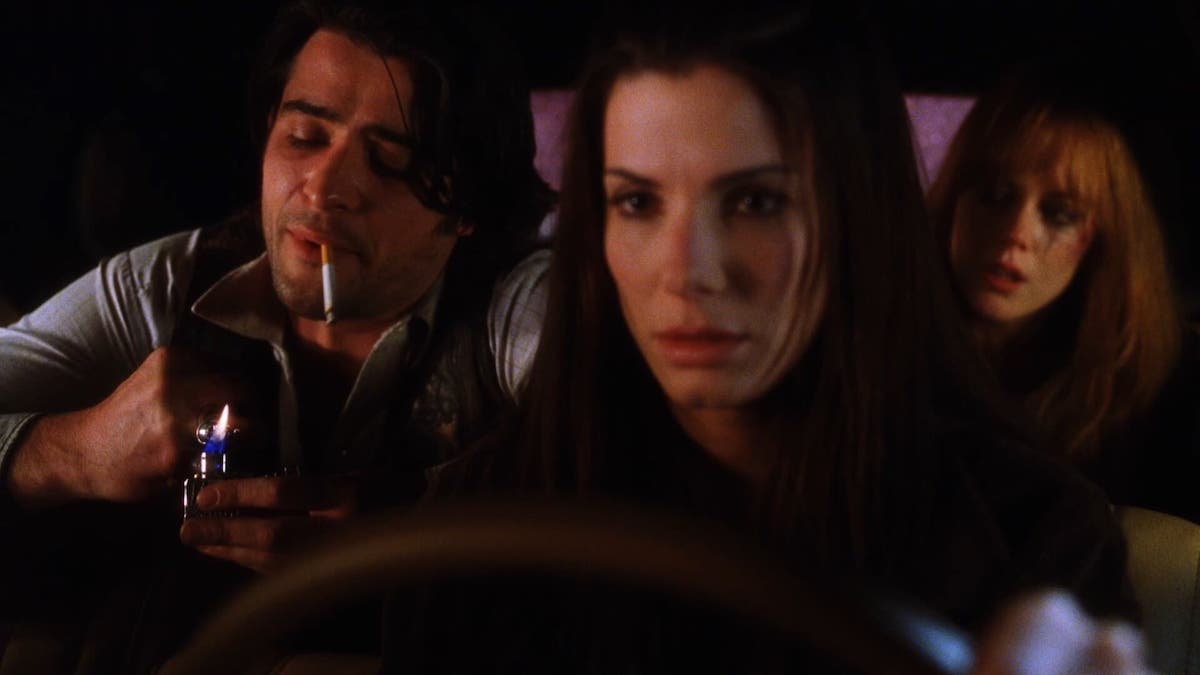
The real highlight of Practical Magic though, and the true reason why people keep coming back to it decades later, is its central theme of sisterhood. Ultimately, the film is about the familial ties that are stronger and go deeper than love, loss, shame, or tragedy. Sally and Gillian are opposites in every way—from their hair colour to their relationships, to love and magic—but their devotion to each other is the greatest love story in the film and what saves them in the end.
In the climax, when Gillian is possessed by Jimmy, and Sally and the aunts assemble all the scornful women in town to help perform an exorcism, the truth of their witchcraft is brought into the open and all the animosity from their community is swept away. The Owens no longer attempt to hide or explain away their witchcraft, and their newfound friends are eager to lend a hand.
The sequence is another example of the film’s odd confluence of frothy fun and dramatic stakes, with the women tittering about the house while Gillian’s life hangs in the balance. In the end, however, it’s Sally’s love for Gillian that brings her back. The sisters join hands, banish Jimmy’s spirit for good, and break the curse that’s plagued them. Their love for each other is the source of their true power and this movie’s true magic.
USA | 1998 | 104 MINUTES | 2.39:1 • 2.35:1 | COLOUR | ENGLISH

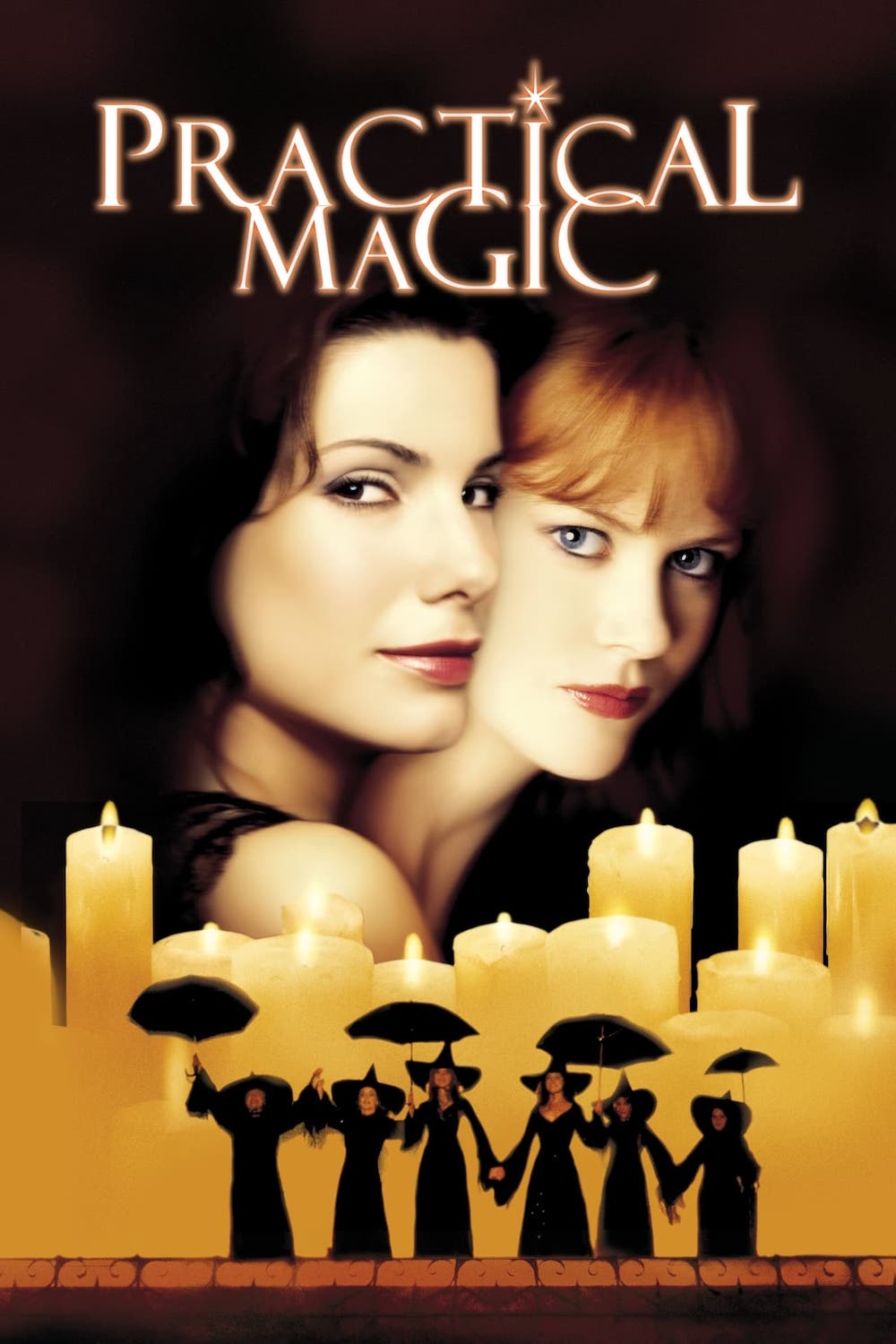
director: Griffin Dunne.
writer: Robin Swicord, Akiva Goldsman & Adam Brooks (based on the novel by Alice Hoffman).
starring: Sandra Bullock, Nicole Kidman, Dianne Wiest, Stockard Channing, Aidan Quinn & Goran Višnjić.
